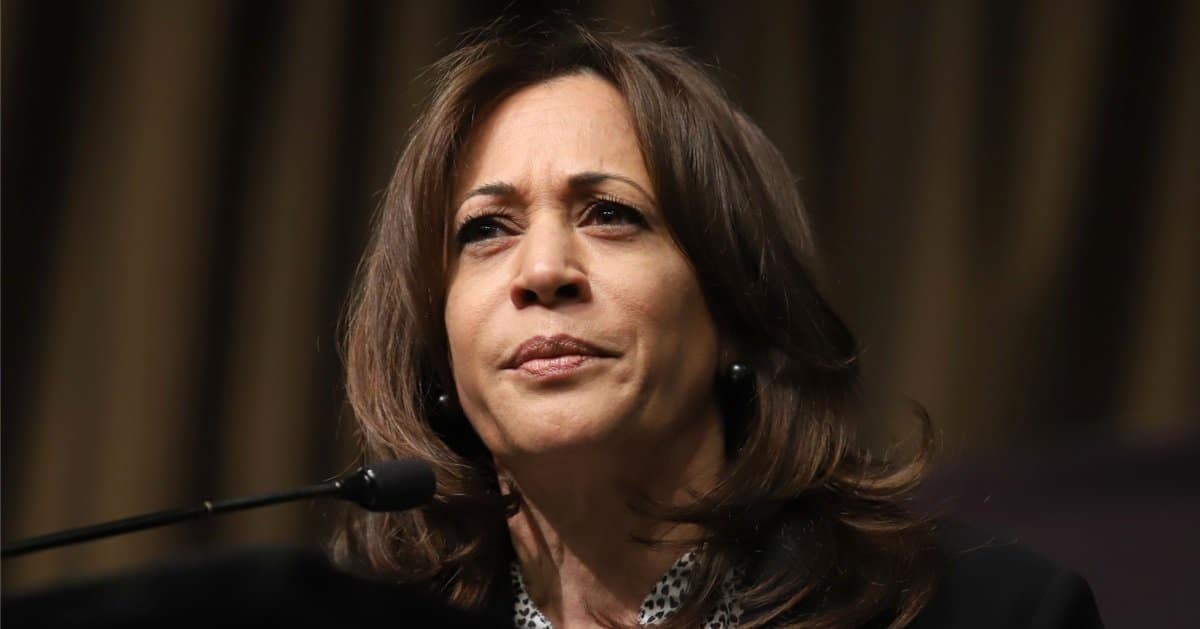


Alabama’s latest dance with the death penalty has ended in a cloud of nitrogen gas and a heap of controversy, as 54-year-old Anthony Boyd was put to death for a gruesome 1993 murder.
Convicted of helping burn a man alive over a measly $200 drug debt, Boyd was pronounced dead at 6:33 p.m. on October 23, 2025, at William C. Holman Correctional Facility in Atmore, Alabama, marking another chapter in the state’s polarizing use of nitrogen gas executions.
Let’s rewind to 1993 in Talladega County, Alabama, where Boyd was tied to the horrific killing of Gregory Huguley, a man prosecutors say was set ablaze after failing to pay for cocaine worth just $200.
A prosecution witness, testifying under a plea deal, claimed Boyd taped Huguley’s feet before another person doused him in gasoline and lit the match, a chilling image that stuck with jurors.
Defense attorneys countered that Boyd was at a party that night, calling the plea deal testimony shaky at best, but the jury didn’t buy it, convicting him of capital murder during a kidnapping with a 10-2 vote for the death penalty.
After languishing on death row since 1995, Boyd—also the latest chair of an anti-death penalty group founded by inmates—met his fate under Alabama’s relatively new nitrogen gas method, first rolled out last year.
This execution, the seventh in Alabama using nitrogen gas, involves strapping a mask over the inmate’s face to replace breathable air with pure nitrogen, causing death by oxygen deprivation.
Starting around 5:57 p.m. on October 23, 2025, witnesses saw Boyd clench his fist, lift his head, and shake, even raising his legs off the gurney, before enduring heaving breaths for at least 15 minutes until stillness set in by 6:27 p.m.
Corrections Commissioner John Hamm admitted this execution took longer than prior ones, though only by a few minutes, while the state insists such shaking or gasping is just involuntary reactions to oxygen loss.
Boyd’s legal team fought to the end, begging a federal judge to halt the process and examine if nitrogen gas is unconstitutionally cruel, but the judge ruled Boyd unlikely to win on those grounds.
Even the U.S. Supreme Court denied Boyd’s last-ditch plea for a stay and a switch to death by firing squad, though Justice Sonia Sotomayor, joined by two colleagues, dissented sharply, citing “mounting and unbroken evidence” of the method’s flaws.
Rev. Jeff Hood, Boyd’s spiritual adviser, didn’t hold back at a protest against capital punishment in Montgomery the day before, declaring, “This is the worst one yet,” and slamming Alabama’s execution process as utterly incompetent.
Alabama Attorney General Steve Marshall stood firm, stating the state “remains steadfast in its commitment to uphold the law and deliver justice for victims and their families,” while noting Boyd’s decades of legal delays never overturned the jury’s verdict.
Yet, critics like Hood paint a darker picture of a system fumbling a method sold as quick and painless, leaving conservatives to wrestle with whether justice is truly served when the process looks this messy.
While some might cheer the end of a brutal killer’s story, others can’t ignore the lingering question: if we’re punishing cruelty, shouldn’t our methods reflect a higher standard than prolonged gasping on a gurney?



